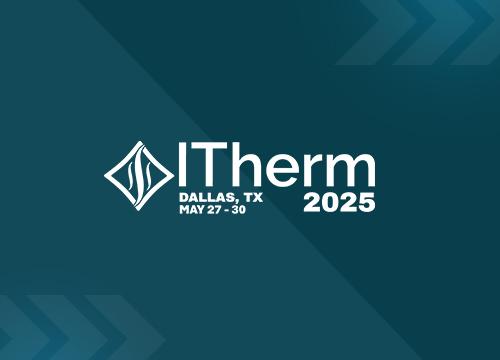
May 12th 2025
MARISPEC
Enhancing Maritime Surveillance with Advanced Imaging Technology— both day and night. We’re excited to contribute to the MARISPEC research project, aimed at enhancing maritime security.

May 12th 2025
Enhancing Maritime Surveillance with Advanced Imaging Technology— both day and night. We’re excited to contribute to the MARISPEC research project, aimed at enhancing maritime security.

Hyatt Regency Milwaukee .
FROM Jun 02nd 2025 TO Jun 05th 2025
Visit Telops at the SEM Annual Conference and Exposition,2025 - Hyatt Regency Milwaukee in Wisconsin, USA.

Montréal.
FROM May 25th 2025 TO May 28th 2025
Visit Telops at the International Congress of the Canadian Society for Mechanical Engineering 2025 - Montréal, Canada,

Houston.
FROM Jun 30th 2025 TO Jul 01st 2025
Visit Telops at Oil and Gas Pipeline Leak Detection 2025 - Houston, Texas, USA

Le Bourget.
FROM Jun 16th 2025 TO Jun 19th 2025
Visit Exosens at Paris Air Show 2025 - Booth i3-004 - Le Bourget, France

Apr 30th 2025
Exosens announces the availability of documents and information relating to the combined general meeting of 23 May 2025

Apr 30th 2025
Exosens announces the availability of its 2024 universal registration document

Dallas, Texas.
FROM May 27th 2025 TO May 30th 2025
Visit Exosens, the parent company of Telops, at the ITherm 2025 - Dallas, Texas.

Houston, Texas.
FROM May 05th 2025 TO May 08th 2025
Explore Exosens, the parent company of Telops, at the Offshore Technology Conference - Houston, Texas.

Ottawa.
FROM May 28th 2025 TO May 29th 2025
Visit Exosens, the parent company of Xenics and Photonis, at CANSEC 2025 - Ottawa, Canada
Stay connected
Stay informed and connected to the latest news from Exosens by signing up.